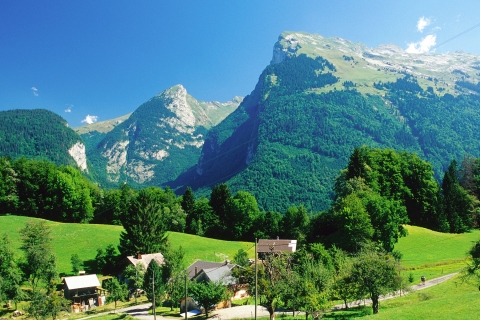Ciboure Rainfall & Precipitation: Monthly Averages and Year-Round Insights
This page shows the average amount of rainfall per month in Ciboure. The numbers are calculated over a 30-year period to provide a reliable average. Let’s explore the details in depth to provide you with a complete overview.
Ciboure experiences significant rainfall throughout the year, averaging 1417 mm of precipitation annually.
Monthly Precipitation Levels
The average number of days each month with precipitation (> 0.2 mm)
November, the wettest month, has a maximum daytime temperature of 15°C. The city receives 105 hours of sunshine in this period. During the driest month July you can expect a temperature of 24°C. For more detailed insights into the city’s temperatures, visit our Ciboure Temperature page.
Annual Precipitation in France
The map below shows the annual precipitation across France. You can also select the different months in case you are interested in a specific month.
 heavy rainfall
heavy rainfall
 high
high
 moderate
moderate
 low
low
 almost none
almost none
Amsterdam Precipitation Compared World Wide
Ciboure’s average annual precipitation is 1417 mm. Let’s compare this to some popular worldwide tourist destinations:Seville, Spain, experiences 541 mm of rainfall annually, with wet winters and dry summers typical of southern Spain.
Beijing, China, receives 560 mm of annual precipitation, concentrated in the summer months.
Melbourne, Australia, has 690 mm of rainfall annually, spread fairly evenly throughout the year.
Kuala Lumpur, Malaysia, receives 2529 mm of annual rainfall, characteristic of its equatorial tropical rainforest climate, with consistent rainfall throughout the year and peak months during March and November.
How is Precipitation Measured?
Precipitation amounts are measured using specific gauges installed at weather stations, collecting both rain and snow and any other type of precipitation. Rainfall is measured directly in millimeters, while that from snow and ice is obtained by melting it. Automated systems often incorporate heaters to make this easier.
Information from these stations is transmitted via Wi-Fi, satellite, GPS, or telephone connections to central monitoring networks. This information is immediately updated and integrated into weather models and forecasts.
Interesting weather facts
- Mawsynram in India is noted as being the wettest place on earth, with over 11 meters of rain falling every year.
- In contrast, Antofagasta in Chile is among the driest places on the planet, getting less than 0.1mm per year, with some years recording virtually no rainfall.
- Nearly 1,650 thunderstorm cells are estimated over the planet at any given time.
For more detailed information about Ciboure’s weather, including sunshine hours, humidity levels, and temperature data, visit our Ciboure Climate page.
Current rainfall in Ciboure
overcast and no rain
broken clouds and rain
overcast and rain




